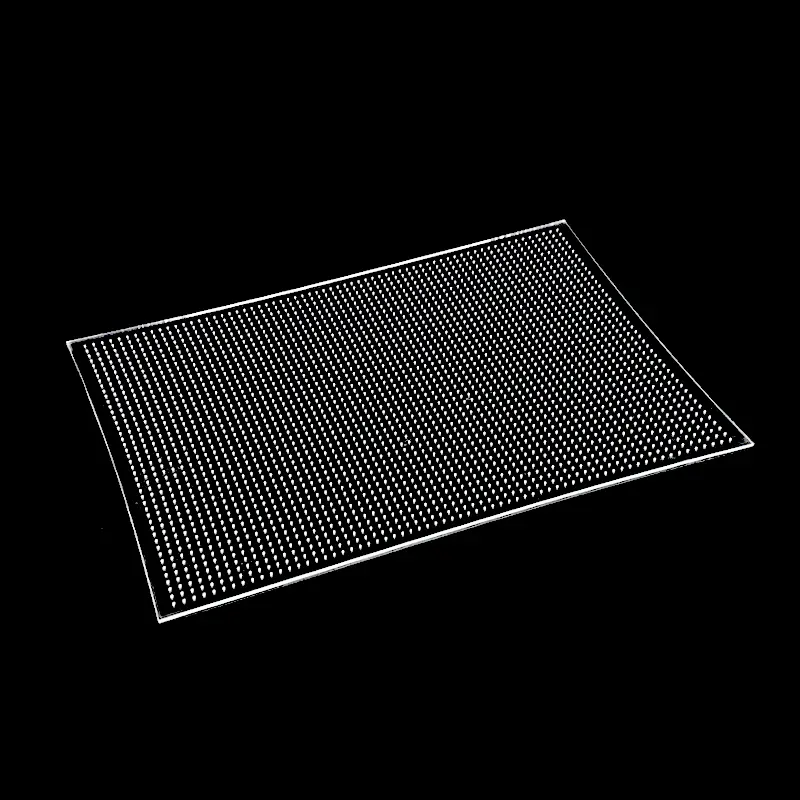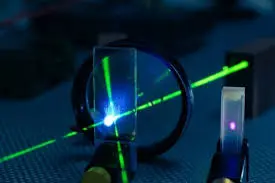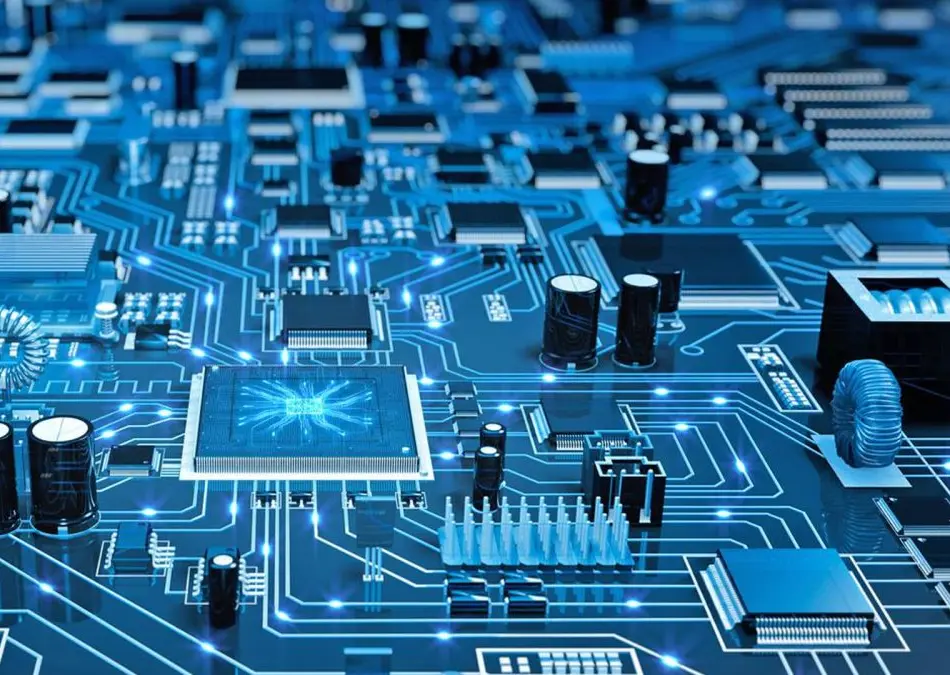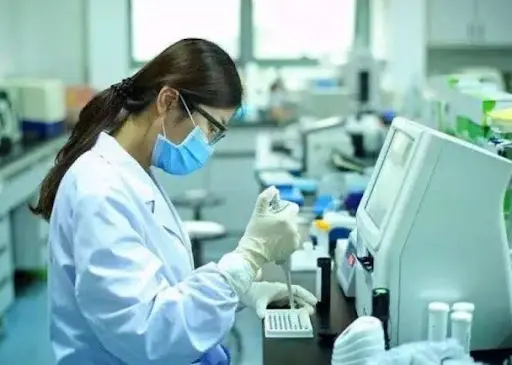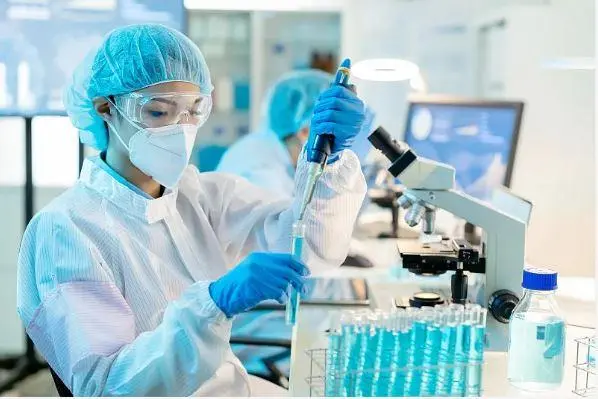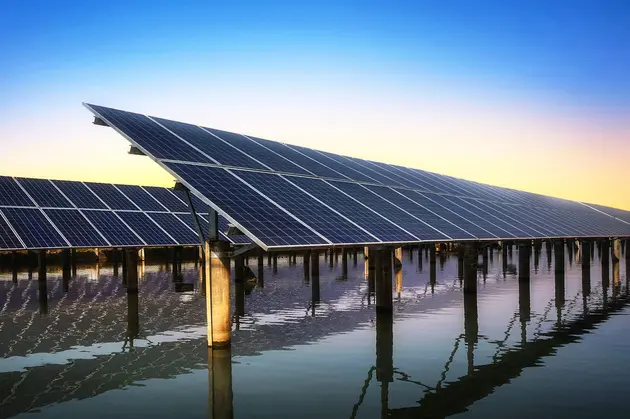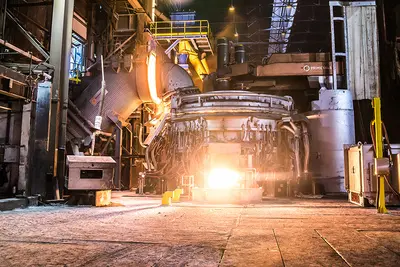레이저로 구멍을 뚫은 석영 유리 판은 레이저 드릴링 기술을 사용하여 석영 유리 판에 구멍이 생성된 제품을 의미합니다. 석영 유리는 우수한 특성인 높은 광 투과율, 높은 경도, 고온 저항 및 내식성 덕분에 많은 분야에서 널리 사용됩니다. 레이저 드릴링 기술은 높은 정밀도, 높은 효율성 및 비접촉성을 가지고 있어 석영 유리 판 가공의 중요한 방법이 되었습니다.
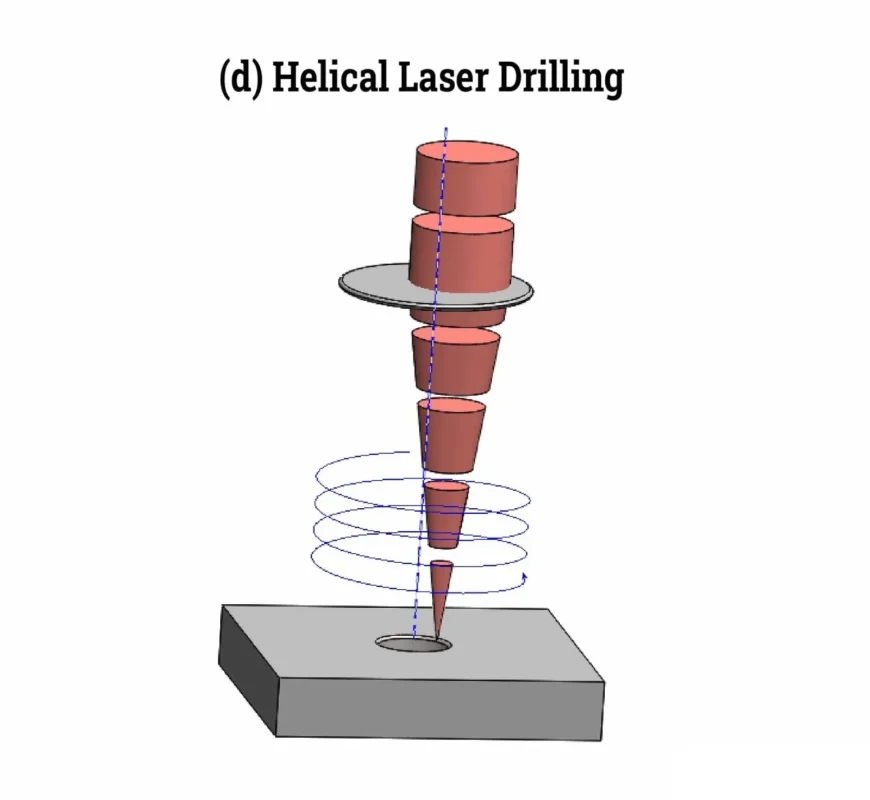
석영 유리판의 레이저 드릴링 원리는 주로 고에너지 밀도의 레이저 빔을 사용하여 석영 유리를 집중적으로 가열하는 것입니다. 이는 석영 유리가 열 팽창을 겪게 해 지정된 위치에 구멍을 생성하게 됩니다. 레이저 빔의 높은 에너지와 정밀한 초점 맞춤 덕분에 매우 정확하고 빠른 가공이 가능하며, 전통적인 기계 드릴링 방법에서 발생할 수 있는 재료 손상 및 응력 집중을 피할 수 있습니다.
| 속성 내용 | 속성 값 |
|---|---|
| SiO2 | 99.99% |
| 밀도 | 2.2×10³ kg/cm³ |
| 경도 | 모스 경도 5.5 - 6.5; 누프 경도 570 (100g 하중) |
| 인장 강도 | 4.8 × 10⁷ Pa (48 N/mm² 또는 48 MPa); 7,000 psi |
| 압축 강도 | >1.1×10⁹ Pa (160,000 psi) |
| 열팽창 계수 | 5.5×10⁻⁷ cm/cm·°C (20°C-320°C) |
| 열전도도 | 1.4W/m-°C |
| 비열 | 670 J/kg-°C |
| 연화점 | 1730°C(3146°F) |
| 어닐링점 | 1210°C(2210°F) |
| 변형점 | 1120°C(2048°F) |
| 작업 온도 | 1200°C(2192°F) |
| 전기 저항률 | 7×10⁷ 옴 cm(350°C) |
| 크기 | 맞춤 제작 가능 |
| 로고 | 맞춤형 로고 적용 가능 |
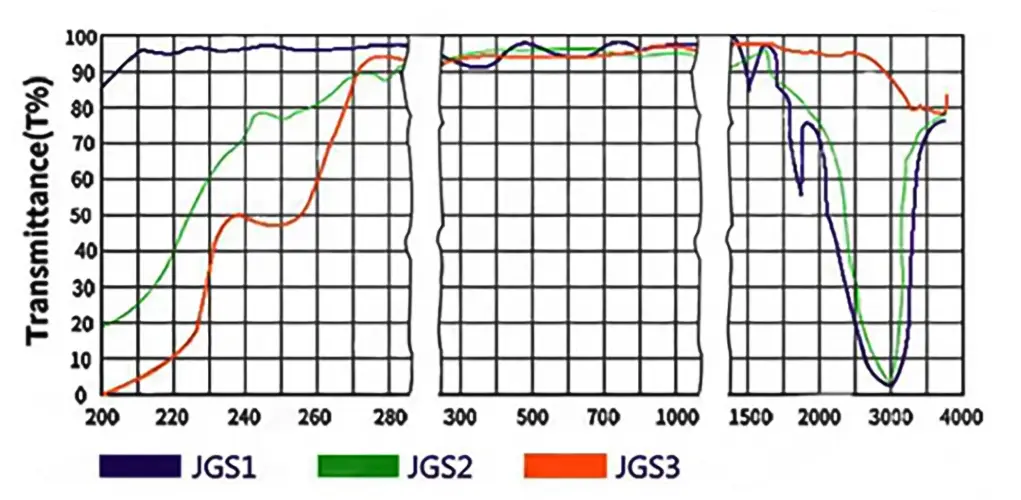
JGS1
흔히 UV 등급 용융 실리카로 알려진 이 재료는 자외선(UV) 스펙트럼 범위에서 탁월하게 낮은 분산과 매우 높은 투과율을 나타냅니다.
JGS2
JGS1과 유사하지만, 제조업체 표준에 따라 투과율 및 열팽창 계수와 같은 특정 성능 매개변수에서 차이가 있을 수 있습니다
JGS3
일반적으로 더 높은 순도 또는 특수 성능 특성이 요구되는 응용 분야에 사용됩니다. 특정 성능 매개변수는 제조업체에 따라 달라질 수 있습니다.
고정밀
레이저 드릴링 기술은 마이크로미터 및 나노미터 수준의 가공 정밀도를 달성할 수 있어, 고정밀 애플리케이션의 요구를 충족합니다.
고효율
레이저 드릴링 속도는 전통적인 기계 드릴링 방법보다 훨씬 빨라 생산 효율성을 크게 향상시킵니다.
비접촉 가공
레이저 드릴링 동안 레이저 빔은 재료와 직접 접촉하지 않아 기계적 스트레스로 인해 발생하는 재료 손상을 피합니다.
높은 유연성
레이저 드릴링은 불규칙한 표면에서 수행될 수 있으며, 홀 패턴이나 복잡한 형태를 임의로 설정할 수 있습니다.
응용 시나리오
자주 묻는 질문
당사는 고순도 석영 유리 부품의 원스톱 제조를 전문으로 합니다. 주요 제품군은 다음과 같습니다:
석영 튜브 및 로드: 다양한 직경 및 사양.
석영 플레이트 및 디스크: 광학 및 산업용 정밀 절단 및 연마.
석영 실험용 기구: 비커, 플라스크, 보트 등을 포함한 다양한 표준 및 맞춤형 초자 기구 일체.
반도체 등급 석영: 반도체 제조를 위한 공정 튜브 및 캐리어와 같은 고순도 부품.
맞춤 제작 부품: 고객의 고유한 설계 및 사양에 맞춰 복잡한 부품을 생산할 수 있습니다.
네. 맞춤 제작은 당사 비즈니스의 핵심입니다. 10년 이상의 전문화된 경험을 바탕으로, 당사는 기업들과 협력하여 전문적인 OEM/ODM 서비스를 제공합니다. 당사의 역량에는 용접, 연삭, 드릴링, 연마, 벤딩을 비롯한 다양한 정밀 가공 기술이 포함되며, 고객의 정확한 요구사항을 충족하는 부품을 제작합니다.
품질은 당사의 제조 공정에서 가장 중요합니다. 당사는 ISO 9001:2015 인증을 받은 제조업체로서, 당사의 공정이 국제 품질 관리 표준을 충족하도록 보장합니다.당사의 제품은 또한 순도 및 성능에 대해 엄격한 SGS 테스트를 거칩니다. 당사는 고순도 원료(최대 99.998% SiO2)를 사용하여 탁월한 열 안정성, 고온 저항성 및 화학적 불활성을 지닌 용융 석영 및 퓨즈드 실리카 제품을 생산합니다.
당사는 프로세스를 최대한 효율적으로 간소화했습니다:
RFQ 제출: 당사 웹사이트 문의 양식 또는 이메일을 통해 기술 도면, 사양 및 요구사항을 보내주십시오.
신속한 응답: 수분 내에 초기 응답을, 30분 이내에 상세한 소통을 기대하실 수 있습니다.
설계 및 제안: 24시간 이내에 상세한 설계 제안과 경쟁력 있는 견적을 제공해 드립니다.
프로토타입 제작 및 생산: 승인 후, 당사는 고객의 기한을 맞추기 위해 프로토타입 제작에서 본격적인 생산으로 신속하게 전환합니다.
Aoxin Quartz와의 파트너십은 여러 가지 주요 이점을 제공합니다:
입증된 전문성: 10년 이상의 업계 경력을 바탕으로, 당사는 복잡한 과제를 해결할 기술적 지식을 갖추고 있습니다.
One-Stop Solution: We manage the entire production process, from sourcing high-purity raw materials to fabricating and finishing complex components.
경쟁력 있는 가치: 주요 석영 생산 허브에 위치하여 효율적인 공급망과 첨단 제조 기술을 활용함으로써, 경쟁력 있는 가격으로 탁월한 품질을 제공합니다.
Dedicated Partnership: Over 90% of our clients become long-term partners. We are committed to your success through responsive service, reliable quality, and innovative solutions.

